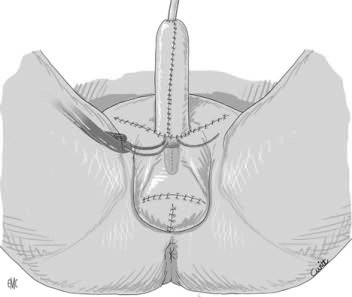Total Phalloplasty
WHAT IS TOTAL PHALLOPLASTY?
It is the last stage in the process of sex reassignment and consists in the creation of a fully functioning neofalo both for having relationships and for achieving standing urination from a free graft with an appearance that is closest to that of a normal penis. .
It is a procedure that consists of 3 stages and each of them must be separated at least 6 months.
WHAT TECHNIQUE DO WE USE?
Around the world the most frequent technique is the free radial flap (forearm) however it has many disadvantages, among which the main one is the permanent scar on the forearm and the small size of the neofalo.
We use the technique developed by Prof Sava Perovic which is differentiated by the use of a latissimus dorsalis flap, which is taken from the side of the torso (between the back and chest, below the armpit), which practically leaves only a scar line which is very difficult to observe with the naked eye.

The surgery consists of 3 stages, in the first stage the closure of the vagina is performed and the most important thing is the placement of the free flap of latissimus dorsalis in the area where the neofalo will be.
The second stage is the neoformation of the urinary canal (urethra) and placement of testicular prostheses.
And in the third stage is the placement of the penile prosthesis and fine tuning of aesthetic details.
HOW MANY DAYS SHOULD I STAY HOSPITALIZED?
It is necessary to stay from 7 to 10 days in the first stage and from 3 to 5 days in the second and third stages. After the first stage we recommend staying at least 2 weeks in the city of Monterrey to continue the follow-up on an outpatient basis.
WHAT KIND OF ANESTHESIA IS USED?
The first stage is necessary to perform it with general anesthesia since it is a procedure of several hours. The second and third stage can be performed with regional anesthesia (epidural) which confers good postoperative analgesia at the same time. In case it is not possible due to some special circumstance of the patient, all the stages could be performed with general anesthesia.



